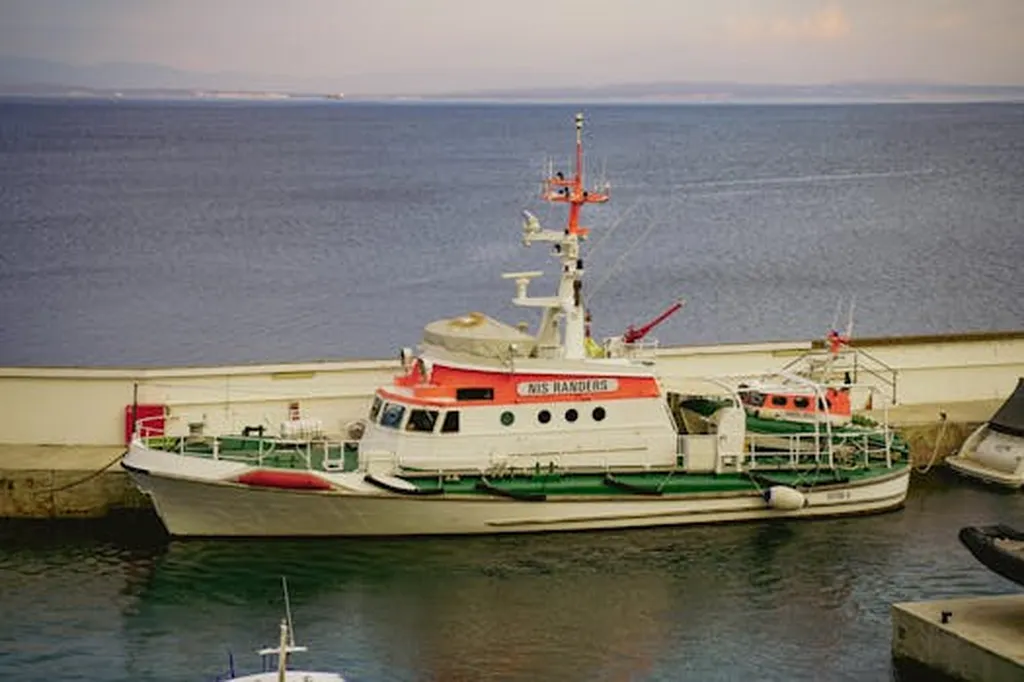In a significant stride for maritime technology, researchers have developed a new system that could revolutionize how ships are identified and tracked at sea. The system, dubbed Ship-RT-DETR, is a novel framework that combines advanced detection and recognition technologies to improve the accuracy and efficiency of Ship License Plate Recognition (SLPR). This breakthrough, led by Chang Qin from the Guangxi Key Laboratory of Machine Vision and Intelligent Control at Wuzhou University, promises to enhance maritime transportation management and operational efficiency.
So, what’s the big deal? Well, imagine trying to read a ship’s license plate from a distance, in various weather conditions, and with ships moving at high speeds. That’s the challenge current systems face. Ship-RT-DETR tackles this by integrating several innovative methods. It uses a detection model called RT-DETR, which is optimized for speed and accuracy. The team also improved the feature extraction process using a special convolutional layer design, and enhanced the position encoding mechanism to better understand the spatial context of the license plates.
After detecting the license plate, the system uses PP-OCRv3, a powerful optical character recognition tool, to read the characters on the plate. The results are impressive. Ship-RT-DETR achieves a detection accuracy of 96.2%, with a significant reduction in computational requirements. Meanwhile, PP-OCRv3 achieves a recognition accuracy of 91.6%. Even in challenging conditions like fog, the system maintains a detection accuracy above 90%, with minimal performance degradation.
This technology has profound implications for the maritime industry. Accurate and efficient ship identification can enhance regulatory oversight, improve port operations, and boost maritime security. It can also facilitate automated systems for tracking ships, managing traffic, and enforcing regulations. As Chang Qin puts it, “Our framework establishes a novel and robust methodology for practical SLPR applications.”
The commercial opportunities are vast. Ports and shipping companies can leverage this technology to streamline operations, reduce manual labor, and improve safety. It can also be integrated into existing systems for enhanced functionality. Moreover, the robustness of the system across diverse weather conditions makes it a reliable tool for global maritime applications.
The research was recently published in the Journal of Marine Science and Engineering, a testament to its scientific rigor and potential impact. As the maritime industry continues to evolve, technologies like Ship-RT-DETR will play a pivotal role in shaping its future. So, while it might not be as flashy as a new ship or a high-tech port, this breakthrough in ship license plate recognition is a quiet revolution in the making.

